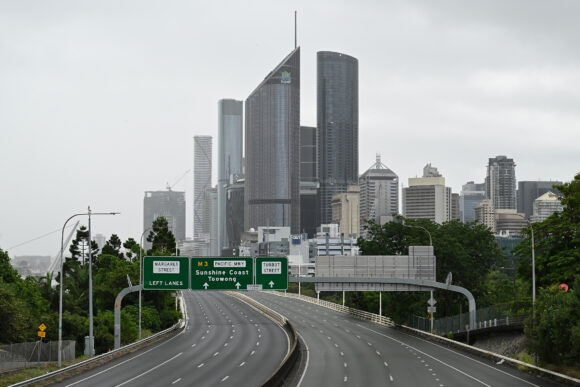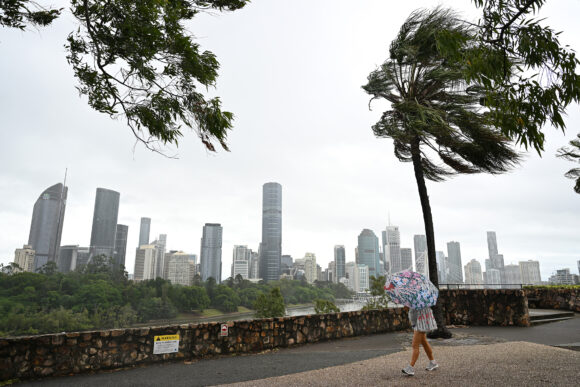A cyclone threatening Australia’s southeast coast has taken a long and meandering path over the past week, challenging forecasters seeking to provide residents in the storm’s path with certainty on its track.
The issue stems from where the system has developed. Storms that form in the Coral Sea off Queensland can take “erratic and variable paths” because competing high and low pressure systems steer them in different directions, said Dean Narramore, a senior meteorologist at Australia’s weather bureau.
“They move south and then east, and then back west, and then back north,” he said. “It’s a tricky cyclone basin to forecast because there are just so many different steering influences and factors that can impact on development, intensification and track.”
Australia’s Insured Losses From Cyclone Alfred Could Top US$1.3 Billion: S&P
Cyclone Alfred has slowly moved south after forming late last month to the east of Cairns, about 1,700 kilometers (1,056 miles) to the north of Brisbane. The storm is now expected to make landfall near Australia’s third-biggest city on Saturday, later than earlier forecasts of Thursday or Friday.

Hopes that the cyclone would stay over open waters and dissipate above a colder ocean were dashed on Tuesday when Alfred made a sharp westward turn as another pressure system to the south yanked it toward land. At one point, the storm even made a loop, doubling back on itself briefly as high and low pressure systems drove it in different directions, Narramore said.
Alfred’s slow and jumpy movement so close to the coast is compounding the issues for millions of residents in southeast Queensland and northern New South Wales, a region that’s rarely menaced directly by a cyclone.
The system is dumping heavy rain across a vast region even before making landfall, heightening the risks of widespread major flooding as any additional precipitation once Alfred comes ashore will fall on saturated ground. The cyclone’s powerful winds are also downing powerlines.
Photograph: Cyclone Alfred has slowly moved south after forming late last month to the east of Cairns, about 1,700 kilometers (1,056 miles) to the north of Brisbane, Australia, which is shown here on March 7, 2025. Photo credit: Albert Perez/Getty Images
Was this article valuable?
Here are more articles you may enjoy.



 Death at Universal’s Orlando Resort Roller Coaster Ruled Accidental
Death at Universal’s Orlando Resort Roller Coaster Ruled Accidental  Trump to Issue Order Creating National AI Rule
Trump to Issue Order Creating National AI Rule  Abbott Presses Congress for Legal Shield Over Preemie Baby Formula Lawsuits
Abbott Presses Congress for Legal Shield Over Preemie Baby Formula Lawsuits  After Years of Pushing Rate Hikes, Florida’s Citizens Now Wants HO Rate Decrease
After Years of Pushing Rate Hikes, Florida’s Citizens Now Wants HO Rate Decrease 

